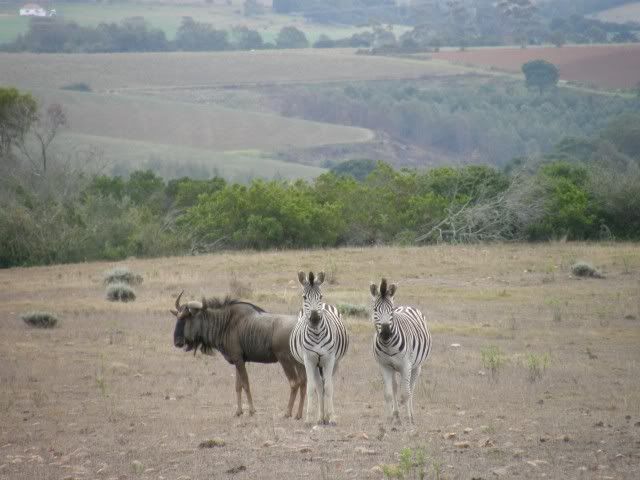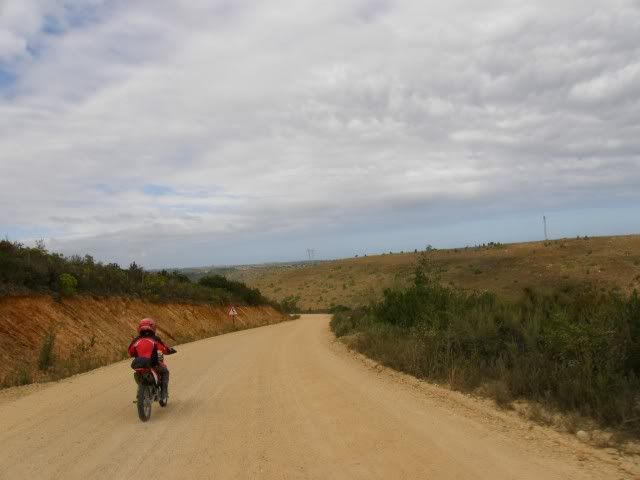Ralph Malan
My wife Antonia & I went up to Loxton where a friend of ours, Pat, is doing research on corbelled houses for her MA. We went by car because i am busy working on my Dakar and did not get it finished in time. We went up on a Wednesday and came back on the following Tuesday. Pat has a list of 80 corbelled houses in the area and has visited about 20 of them so far. She goes and talks to the owners to see what they know about them, sketches them, measures them and her husband, John, photographs them. Antonia & I did the measuring for her as our contribution. There were some other friends from the Vernacular Architecture Society also helping. In particular Celeste as she comes from the area and knows many of the owners of the buildings so she could phone and make the appointments before we went (Pat never goes without first making contact with the owners).

This is the first one we went to see. The driver of the tractor lives in it. Most of the others we visited were unoccupied. In fact many of the farmhouses are also unoccupied. What is happening is the successful farmers are buying up the farms as they become available. Several of the corbelled houses belong to one farmer who owns all the farms in a 22km stretch towards Williston from Loxton. This one has been plastered outside which makes it more wind & waterproof.

I am a Bishops old boy so was pleased to see the tractor driver seems to have also gone there as he has the blazer proudly hung up in his house.

This one has also been plastered. The stones that stick out are for laying planks on when building it – scaffolding.

This is looking up inside that plastered one. We had a laser measuring device which is the red mark on the highest point. A corbelled building is made by packing each ring of stones above the door level slightly inwards from the layer below so you can make a closed roof by making the walls slope inwards until they meet in the middle.

This one has had a farmhouse added to it. It has a wooden floor inside and has a wooden floor above the door height to make a loft. The wood seemed to be pine; whether it was from Europe or America I don’t know.

Here is an abandoned one. The two outside ones were built first then the linking one in between was added.

We did not visit this one but Pat has been to it previously. You can see it from the road. Again it has the scaffolding stones sticking out. Notice that there are different shapes to the corbelled buildings.

Another one, again with the scaffolding stones. The next one has an old wind generator on top. It has been modified as the tapered roof part is made of cement and bricks on top of the remains of an old corbelled building.


This one shows the landscape. In this part of the Great Karoo there are no trees so there was no wood to make a roof out of which is why the corbelled buildings were built. There are lots of flat stones because this is a sedimentary rock area. I will add a post about the geology later.

This is the same one but from a different angle.

Notice the rectangular barn in the background.

Here is that barn again. Just look at how beautifully square and straight those walls are.

This is inside. This was built in 1941 I think. It has a concrete ring beam around the top of the wall on which the roof sits. But the walls have only a little clay mud between the stones – no cement.

Here is the door and you can see there is very little clay between the stones. There are also no saw or chisel marks on the stones. Beautiful craftsmanship.

These ones have been ‘modernized’ by having fire places added and cement has been used to fill between the stones (point) to make them more wind & water proof.

Pat is doing her MA through the Department of Archaeology at UCT. In the US archaeology is not a department in its own right; it is a division of the Department of Anthropology. Anthropology is the study of human beings http://en.wikipedia.org/wiki/Anthropology. So although she is looking at all these buildings, measuring and photographing them it is not enough for a MA to leave it at that. She has to address the anthropological questions these ‘artifacts’ raise. Archaeology is not just the collection of objects (‘treasure’ in popular belief), it is also finding out how they fitted into the lifestyles of those who used them and what their social significance was. So, who built these houses? When were they built? Were they just to protect themselves from the San’s arrows or just from the wind & cold? Why are they where they are (some are quite far from water & some are in very exposed positions on the top of ridges)? What were they used for (not all were houses it seems)? Who lived in the ones that were lived in? Were they occupied all the time or just for a part of the year? But more importantly, what went on in these buildings? What was the lifestyle of the people who built and used them? When did they cease to be lived in? There are some old rubbish heaps close to some of them so she can dig a trench through a few of those which will tell her quite a lot about what was going on and when – particularly broken china will give her a good guide to dates and the status of the occupants. If she simply recorded the buildings then her thesis would be applicable to the Department of Architecture.



.
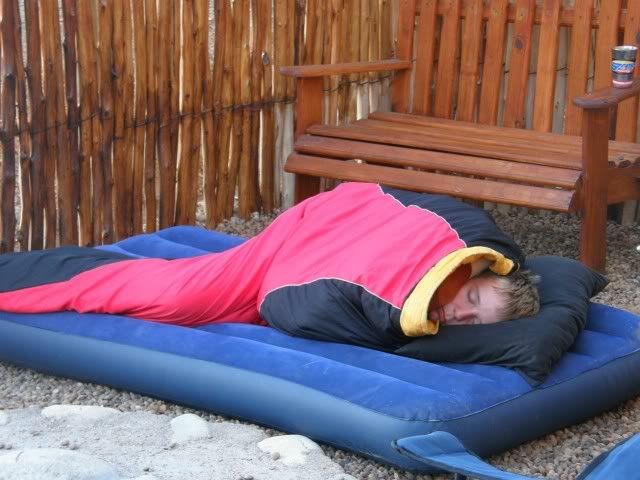
 Rustyb's name might as well have been McGyver. He had everything from pepper sauce to easter eggs to pickled onions and home grown chillies. A good man to have around camp
Rustyb's name might as well have been McGyver. He had everything from pepper sauce to easter eggs to pickled onions and home grown chillies. A good man to have around camp 
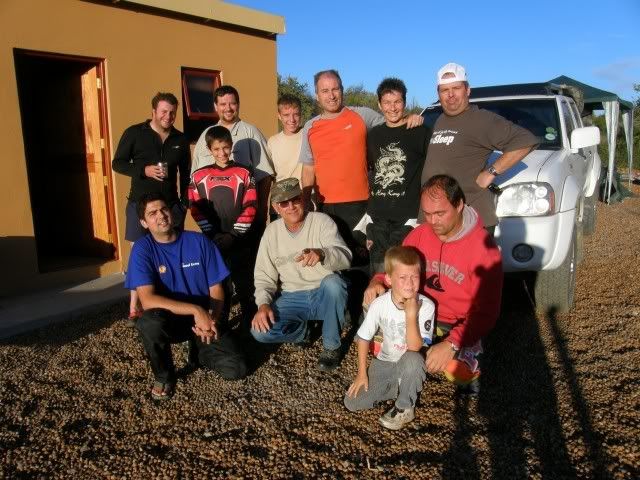
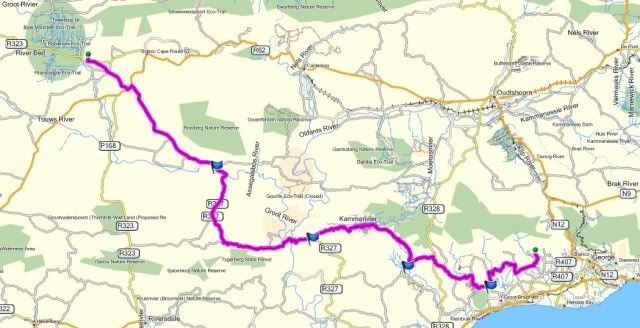

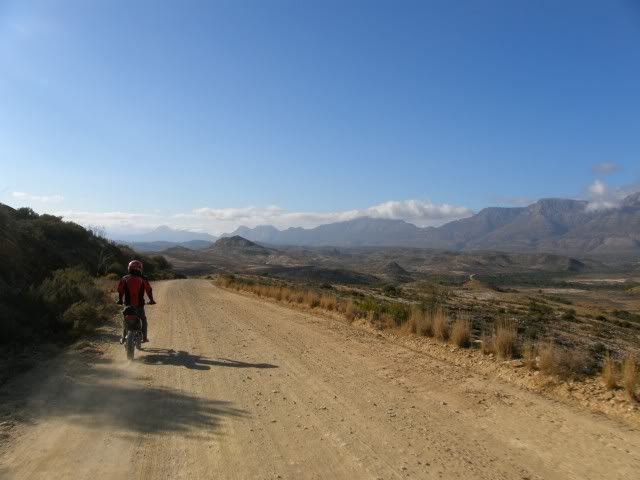

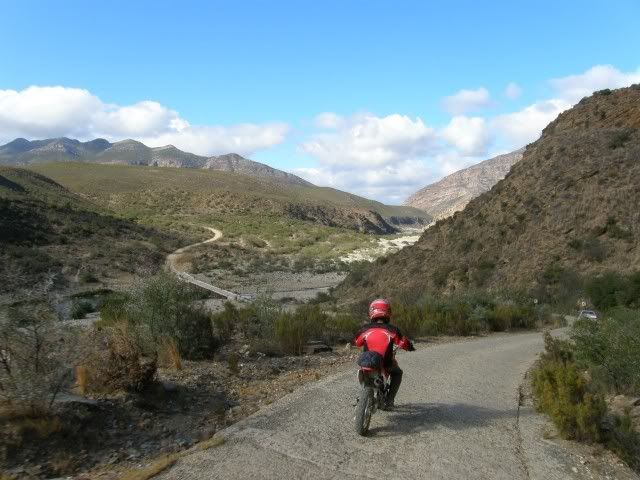
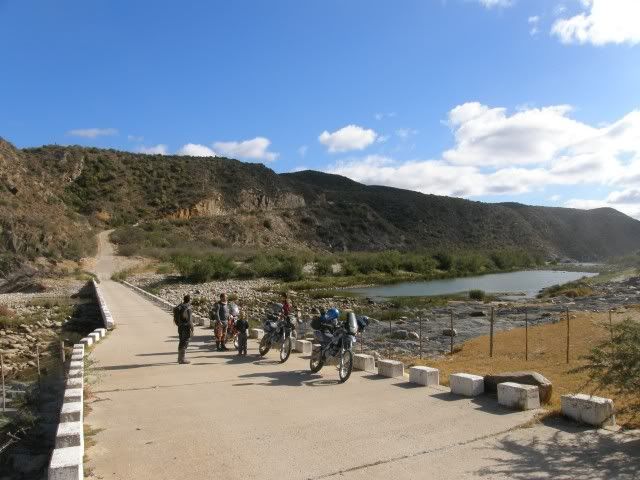


 I still need to teach him about the etiquette of group riding...
I still need to teach him about the etiquette of group riding...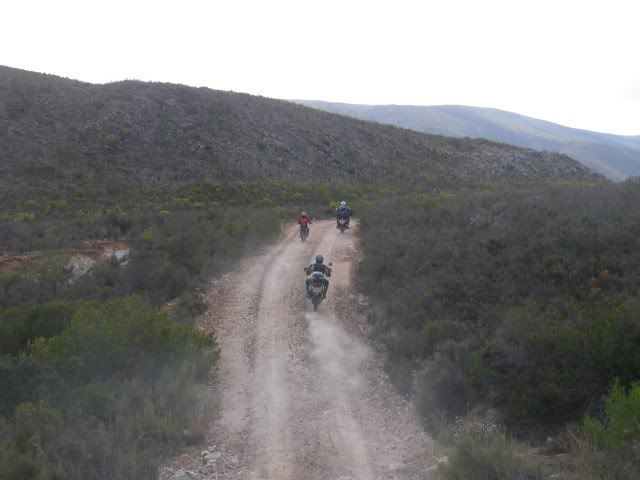
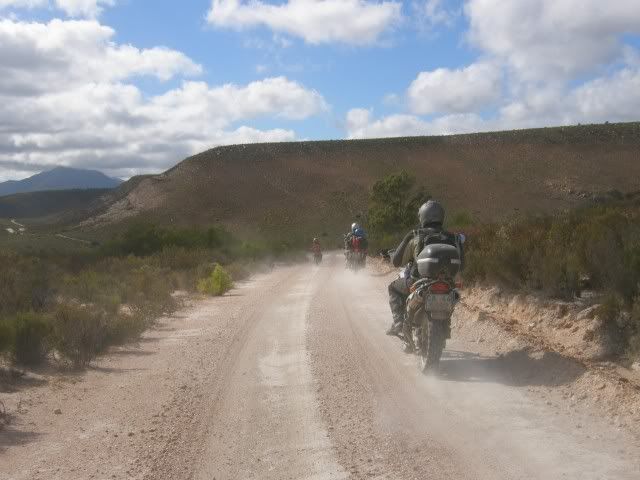

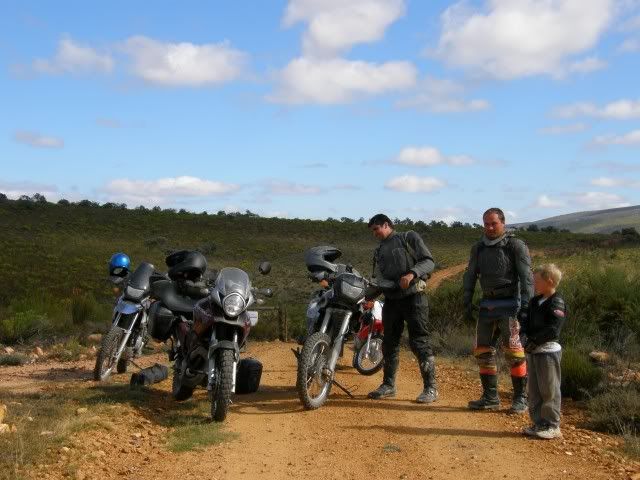
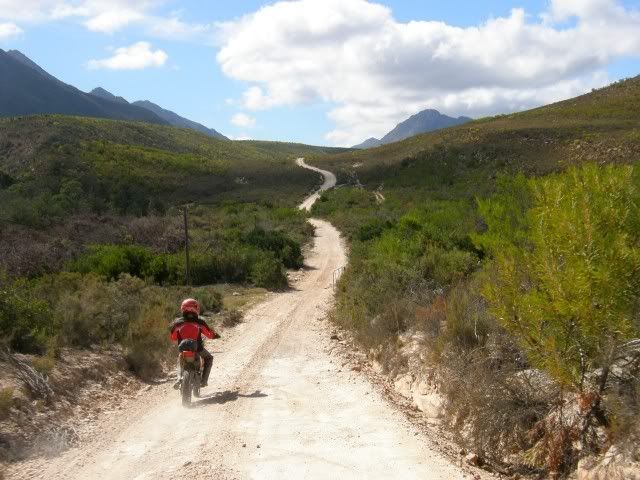
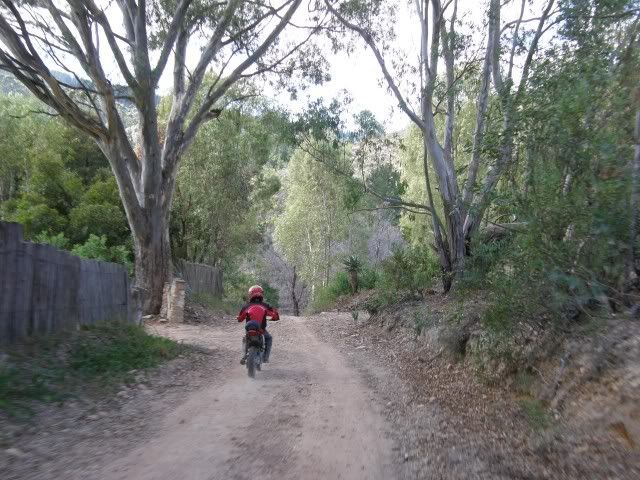
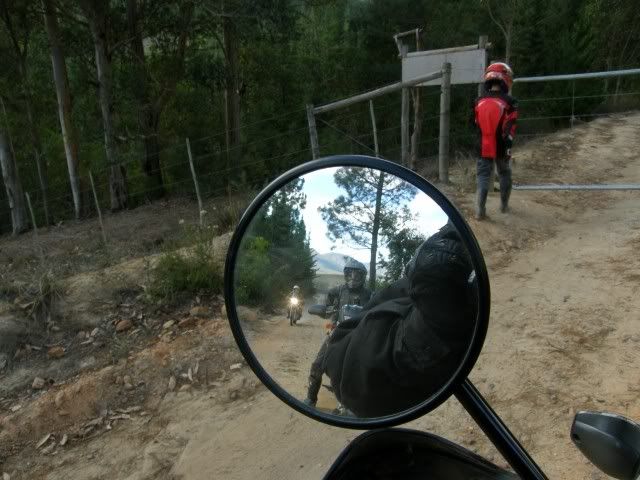
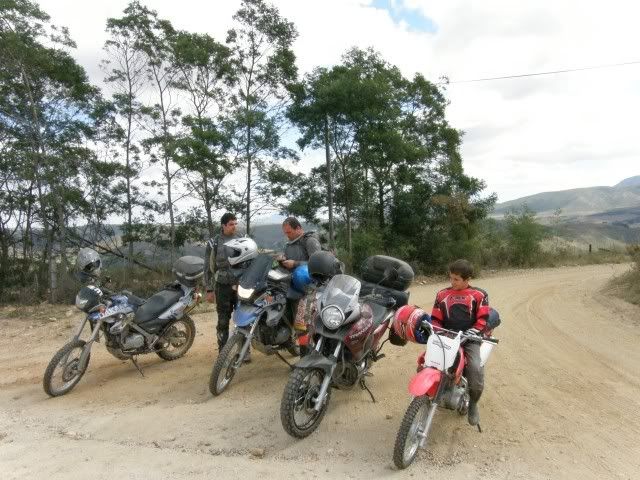
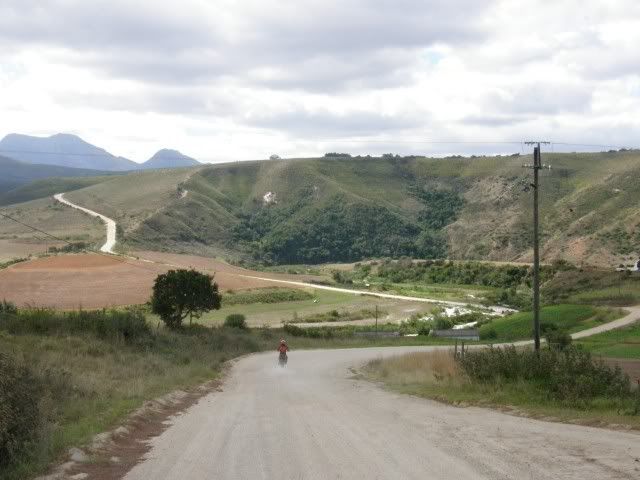
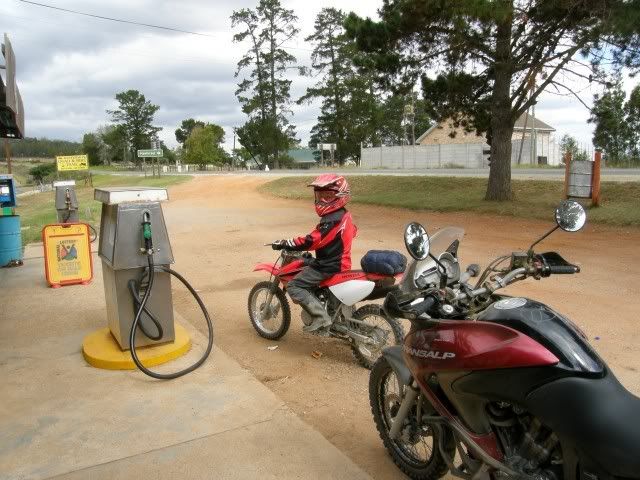
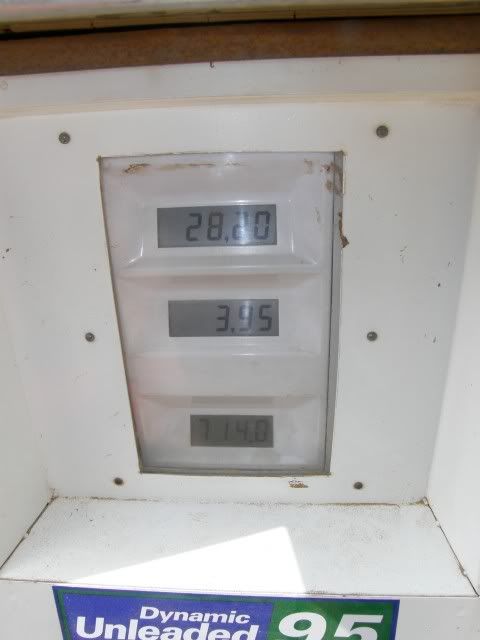
 And that's after the attendant accidentally overfilled the tank.
And that's after the attendant accidentally overfilled the tank.